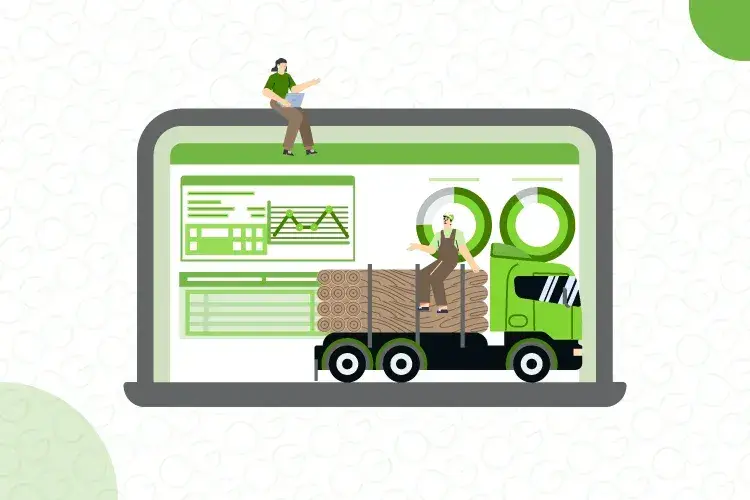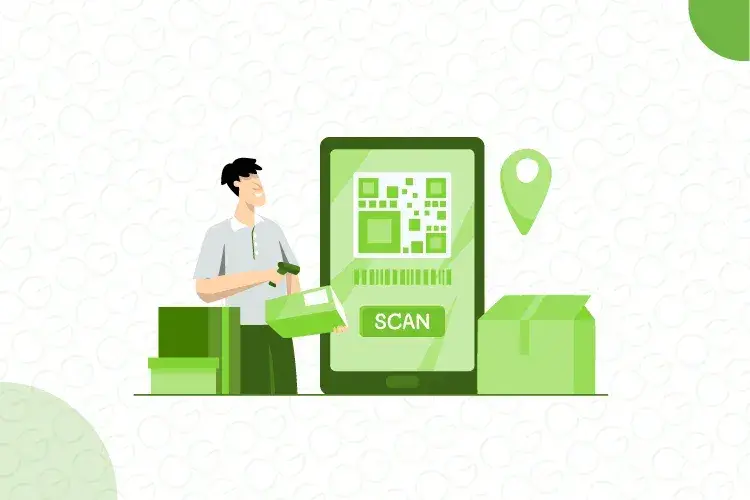Using the Two-Factor Authentication (2FA) for e-Invoice/ e way Bill Login: GST Advisory for Enhancing Taxpayers Security

What is Two-Factor Authentication (2FA)
Two-Factor Authentication is a security mechanism that adds an extra layer of protection beyond the traditional username and password combination. Two-Factor Authentication significantly enhances the security posture of systems and platforms by addressing common vulnerabilities associated with traditional authentication methods.
The idea is to combine factors from at least two of these categories to enhance security. For example, a common implementation of 2FA involves entering a password (something you know) and then receiving a one-time code on your mobile device (something you have).
Popular methods of 2FA include:
- Text messages (SMS): A code is sent to the user's mobile phone via SMS.
- Authentication apps: Mobile apps like Google Authenticator or Authy generate time-sensitive codes.
- Email verification: A code is sent to the user's email address.
- Biometric authentication: Fingerprint scans, facial recognition, or other biometric data can serve as the second factor.
Components of 2FA
Typically, 2FA involves three possible components
A. Something you know: This is the traditional username and password.
B. Something you have: This is the additional factor, often a temporary code like a One-Time Password (OTP) sent to a registered mobile number or email.
C. Something you are: This could involve biometric data, such as fingerprints or facial recognition.
Significance of 2FA
Mitigating Password Vulnerabilities: Traditional passwords are susceptible to various threats, including password guessing, brute force attacks, and password reuse. 2FA helps mitigate these risks by adding an extra layer of authentication.
Phishing Protection: Even if a user falls victim to a phishing attack and provides their username and password, the attacker would still need the second factor (e.g., OTP) to gain unauthorised access.
Enhanced Security Posture: By requiring two factors for authentication, 2FA significantly strengthens the overall security posture. Even if one factor is compromised, the system remains secure as the second factor adds an additional barrier.
Reducing Unauthorised Access: 2FA reduces the likelihood of unauthorised access, as potential attackers would need to compromise both the user's password and the second factor.
Compliance Requirements: Many regulatory frameworks and industry standards mandate the use of multi-factor authentication to enhance data protection. Adhering to these standards helps organisations maintain compliance.
User Authentication Across Devices: 2FA is effective in ensuring that users are who they claim to be when accessing systems from different devices, locations, or networks.
Credential Stuffing: In cases where passwords from one site are used to gain unauthorised access to another (due to password reuse), 2FA helps prevent unauthorised access, as the second factor is not easily replicable.
Brute Force Attacks: If an attacker attempts to guess a user's password, 2FA adds an extra layer of defence, making it significantly more difficult for unauthorised access.
Types of 2FA
A. Time-based One-Time Passwords (TOTP): These are temporary codes generated by an authenticator app or a hardware token.
B. SMS or Email OTP: A one-time code is sent to the user's registered mobile number or email.
C. Biometric Authentication: This involves using unique biological traits, such as fingerprints or facial recognition, as the second factor.
When is the 2FA for GST System scheduled for rollout?
Starting from December 1, 2023, the phased rollout of the 2FA solution will commence, beginning with specific states and eventually covering the entirety of India. This strategic rollout schedule aims to streamline the implementation process, allowing taxpayers sufficient time to adapt to the enhanced security features.
The GSTN team encourages taxpayers to adopt the enhanced security feature of the GST portal as it offers two-factor authentication. A phased implementation ensures a more secure tax filing experience by using one-time passwords and keeping contact information up-to-date. Taxpayers can help create a safe and seamless digital environment by being aware of their personal data and taking proactive measures to manage them. The planned launch on December 1, 2023, is a critical point to strengthen the security of the GSTN portal.
Modes Available for Two-factor Authentication
Two-factor authentication (2FA) offers three distinct methods for receiving the one-time password (OTP), enhancing the security of the authentication process.
These methods are outlined below:
SMS: The assesses will receive the OTP as SMS on his/her registered mobile number
Sandes App: This is a messaging app furnished by the Indian Government for assesses to receive and send messages. Users must download and install the app with their registered mobile number for OPT verification.
In brief, the upcoming implementation of Two-Factor Authentication (2FA) for GST login, beginning on December 1, 2023, is a pivotal step in bolstering security on the Goods and Services Tax Network (GSTN) portal in India. This additional layer of protection, provided by 2FA, addresses password vulnerabilities, guards against phishing, and overall strengthens the security posture. The phased rollout allows taxpayers, including those using platforms like EaseMyGST, to gradually adapt, with options for receiving One-Time Passwords (OTPs) through SMS or the Sandes App. This strategic initiative, aligned with compliance standards, underscores a commitment to creating a secure digital environment for taxpayers.



